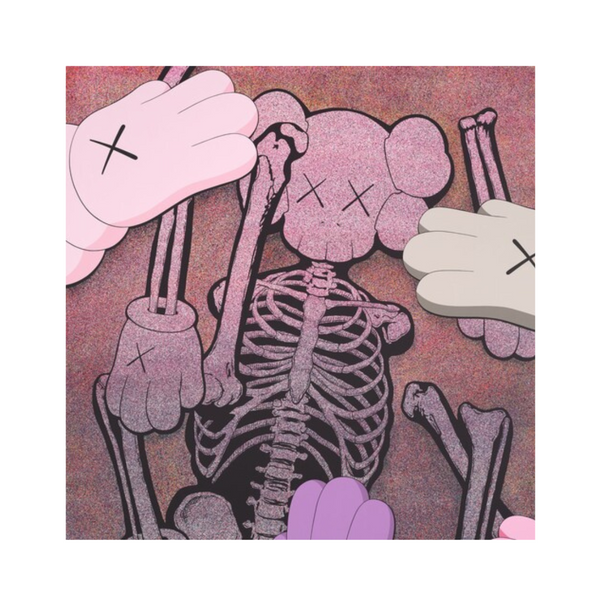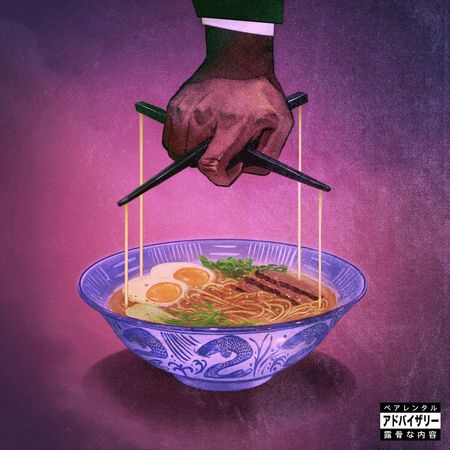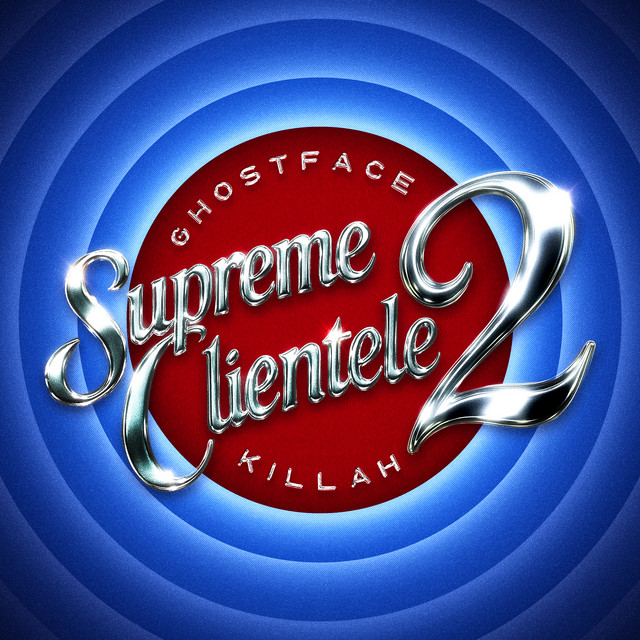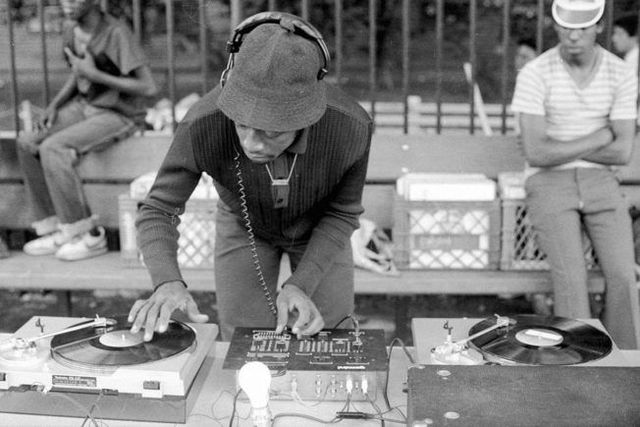Hip-hop and fashion are inseparably linked — for rappers, clothing has always been a means of self-expression and a marker of their identity, and street style, with its brightness and originality, has gradually become an integral part of the fashion industry.
PART 1
Seventies and the Beginning of Hip-Hop
Hip-hop as a separate subculture begins to emerge in the early 1970s on the streets of the Bronx, Queens, and Brooklyn. There, poor black and Latino communities were pushed out as part of the urban renewal policy of the well-known city planner Robert Moses. But hip-hop emerges as a way for local youth to pass the time. A new generation expresses itself through DJing, graffiti, and breakdancing, wearing clothes that were previously only seen on sports fields.
On August 11, 1973, a date that would later become the official birthday of hip-hop worldwide, a small Back-to-school Jam party was held, organized by Kool Herc (one of the key figures in hip-hop history). At this party, the DJ presented the new mixing technique The Merry-Go-Round, where he switched from one record’s break to another. The party took place at 1520 Sedgwick Avenue in a Bronx high-rise and started a new musical genre.
In 1973, the iconic Puma Clyde sneakers are also released — the first signature basketball pair for New York Knicks player Walt “Clyde” Frazier, which later became a breakdance legend and part of many teams’ dance gear.
PART 2
Eighties: Dapper’s Dan Boutique and the First “Jordans”
From the late 1970s, hip-hop begins to influence fashion. In 1981, MTV airs for the first time and takes the style of rappers beyond the poor neighborhoods of New York — onto the big stage. Colorful performers attract the attention of designers, and rappers, in turn, incorporate brand items into their original looks.
In 1982, Harlem street designer Dapper Dan opens the famous Dapper Dan’s Boutique and thus makes a huge contribution to shaping the style of the hip-hop community. He recrafts items from well-known brands and invents completely new products with logos and monograms of fashion houses. Of course, this does not go unnoticed — and in 1992 the store is closed due to lawsuits from brands. But the story will have a fashionable revenge when Alessandro Michele, the former creative director of Gucci, offers Dapper Dan collaboration and even provides him with a studio.
In 1984, Nike signs a contract with Michael Jordan and creates the first version of the Air Jordan sneakers, in which the young athlete will play the season and become the “NBA Rookie of the Year.” But the popularity of this model, designed by Peter Moore, will be boosted not only by the rising basketball star but also by a Nike PR campaign. For example, the brand pays $5,000 fines for each game Jordan plays in off-color sneakers, so he continues to wear them. Thus, Jordan only increases the hype around the model. Besides, in 1986, Spike Lee’s film “She’s Gotta Have It” is released, thanks to which Air Jordans cease to be solely a basketball pair and become an object of mass desire.
One of the first brands to embrace street sports style becomes Tommy Hilfiger. In 1994, Snoop Dogg performs on Saturday Night Live in a striped rugby shirt with the word Tommy.
The Polo line from Ralph Lauren is also listed among the favorites of hip-hop artists. This brand is worn by earlier rappers like Jay-Z and P. Diddy as well as modern Chance the Rapper, Drake, Gucci Mane, Bad Bunny. When in 1992 Grand Puba appears on MTV with Mary J Blige, he flaunts baggy jeans, a colorful Polo Ralph Lauren Alpine rugby shirt, Nike Revaderchi sneakers, and a white Fila visor.
PART 3
Nineties: Denim Era
The look of hip-hoppers becomes more restrained — such rap artists as Wu-Tang Clan, Snoop Dogg, Boyz II Men, and MC Hammer popularize baggy and shapeless clothing, and The Notorious B.I.G. wears knitted sweaters (e.g., from the Australian brand Coogi) paired with jeans, a hat, and Timberlands.
Tupac Shakur’s style stands out here, which in many ways was ahead of its time. Bandanas tied in reverse, tattoos, chains, a mix of preppy and streetwear, flannel shirts, camouflage print — all this formed the modern images of rappers and is still relevant.
The 1990s can definitely be called the denim era. While brands like Calvin Klein, Guess Jeans, Versace popularize it on runways, workers’ denim overalls become iconic on the streets. During this same period, the first street brands like FUBU, Phat Farm, Ecko Unlimited, and Karl Kani appear.
PART 4
Zeroes: Commercial Hip-Hop in the West
In the West, hip-hop continues to evolve, music becomes more commercial and materialistic, and the style of turn-of-the-century stars acquires the traits of the time: Eminem, 50 Cent, Nelly, Lil Wayne, and other rappers flaunt in baseball caps, New Era caps, bandanas, long T-shirts, sports jerseys with logos and tattoos, and Nelly officially introduces grills into fashion.
There is a real boom of street brands and a powerful jump in streetwear fashion development — Supreme, BAPE, HUF, Stussy, Carhartt, Billionaire Boys Club and other brands are at the peak of popularity.
PART 5
Tens: Sneaker Mania and Collaborations
The fashion industry is undergoing a global transformation — sneakers evolve from sports shoes into fashion hype and appear on runways, with sport chic dominating celebrity images.
In 2009, Kanye West releases Nike Air Yeezy 1 sneakers as part of a six-year collaboration with Nike, and in 2015 — adidas Yeezy. The contract with adidas will last until 2022. By the way, in 2023, the union of musicians and big brands just strengthens — Pharrell Williams is appointed the creative director of Louis Vuitton.
Rap performers become not only style icons but also brand ambassadors: A$AP Rocky, Rihanna, Jay-Z, Drake, Cardi B, Tyler, The Creator, Kendrick Lamar, Travi$ Scott, Kid Cudi, Lil Nas X — everyone wants to get them.











